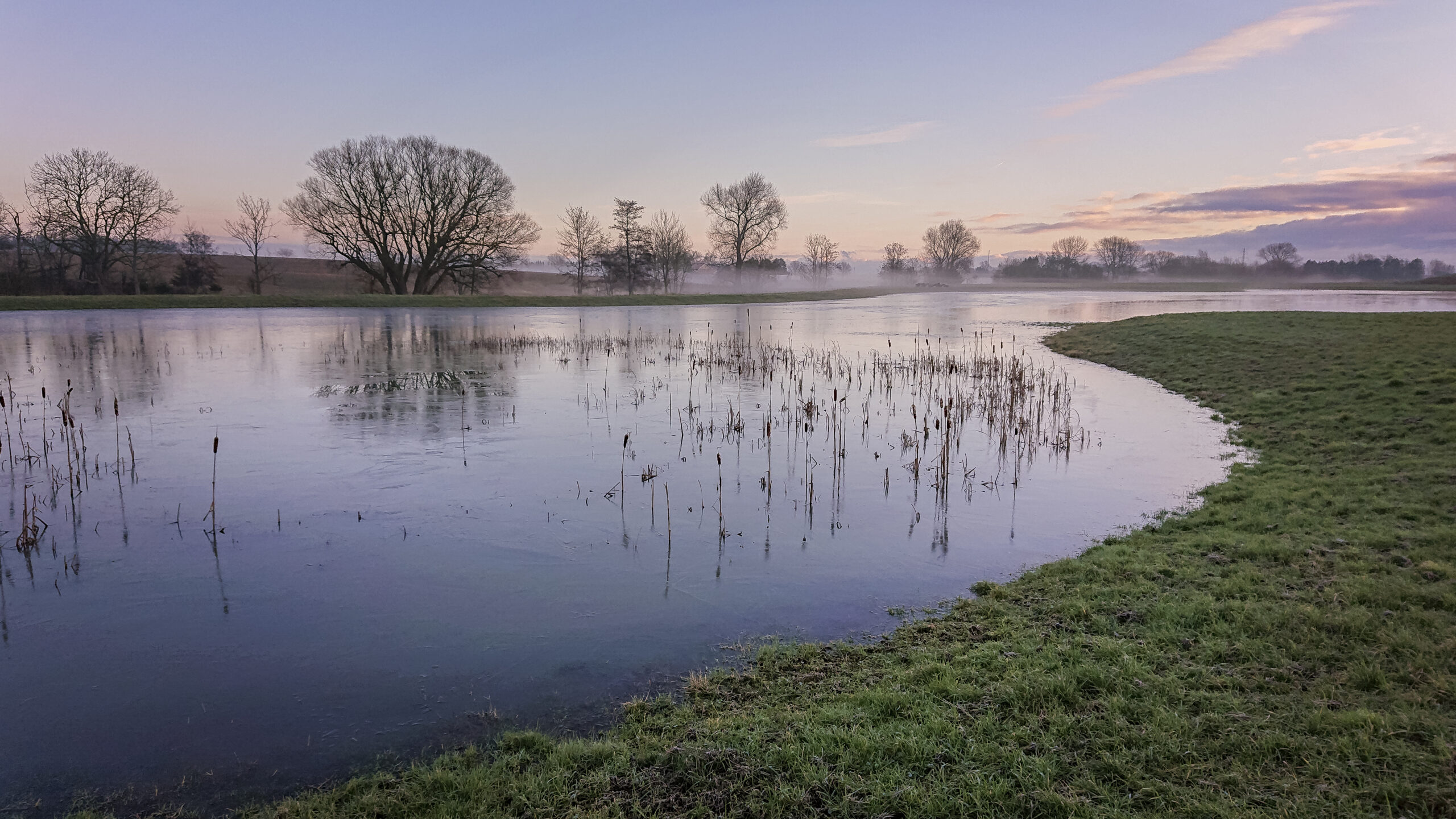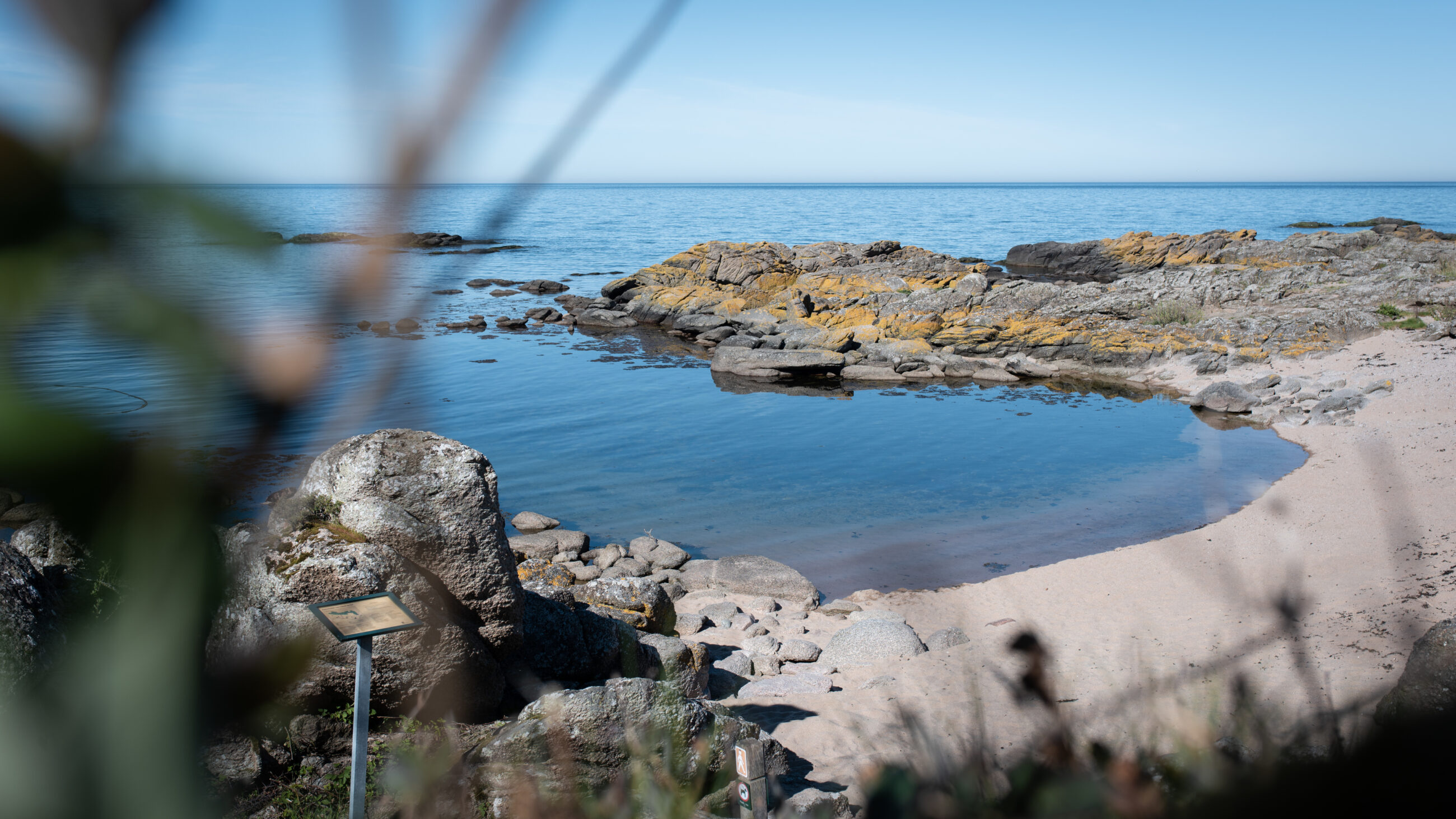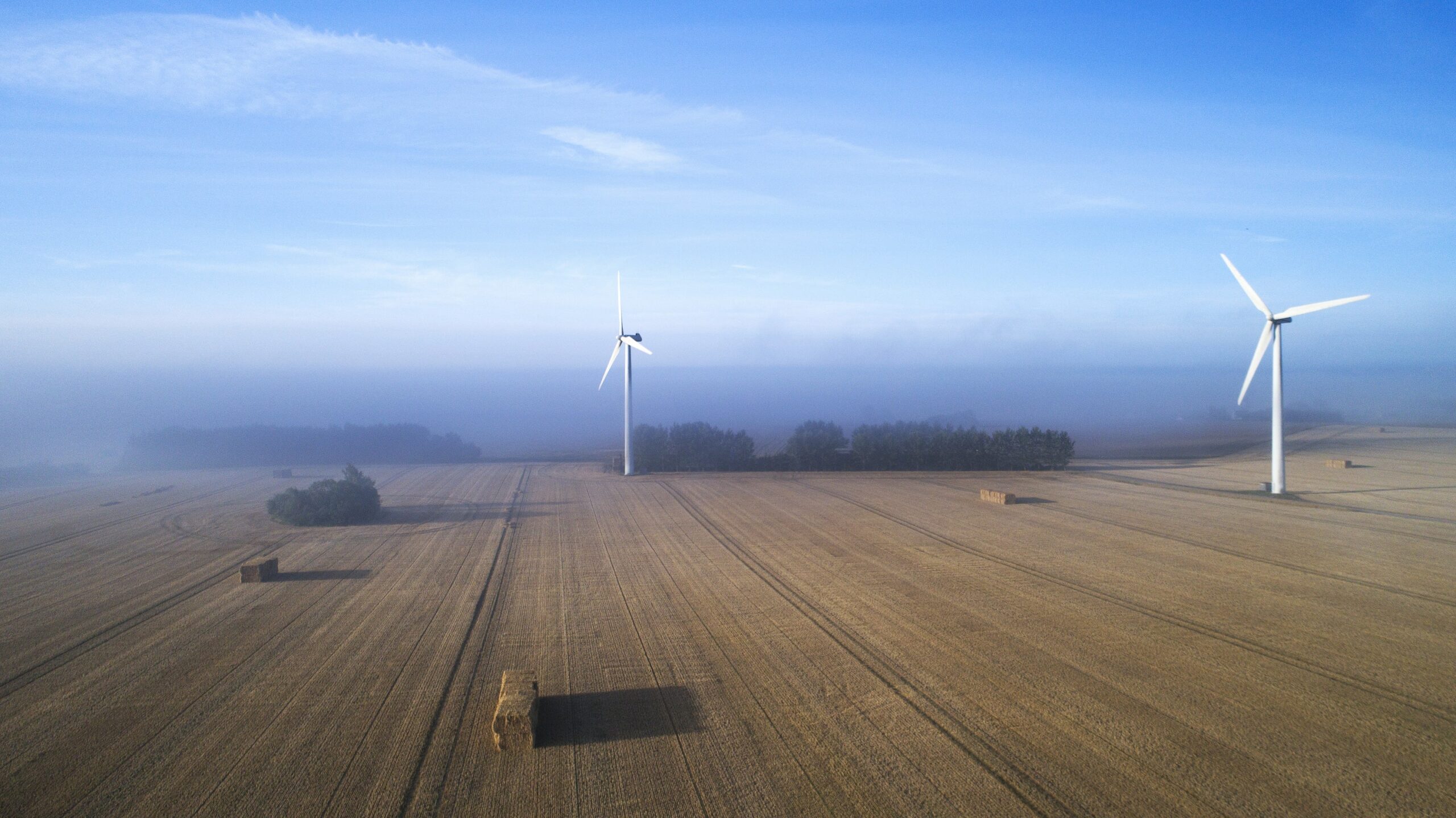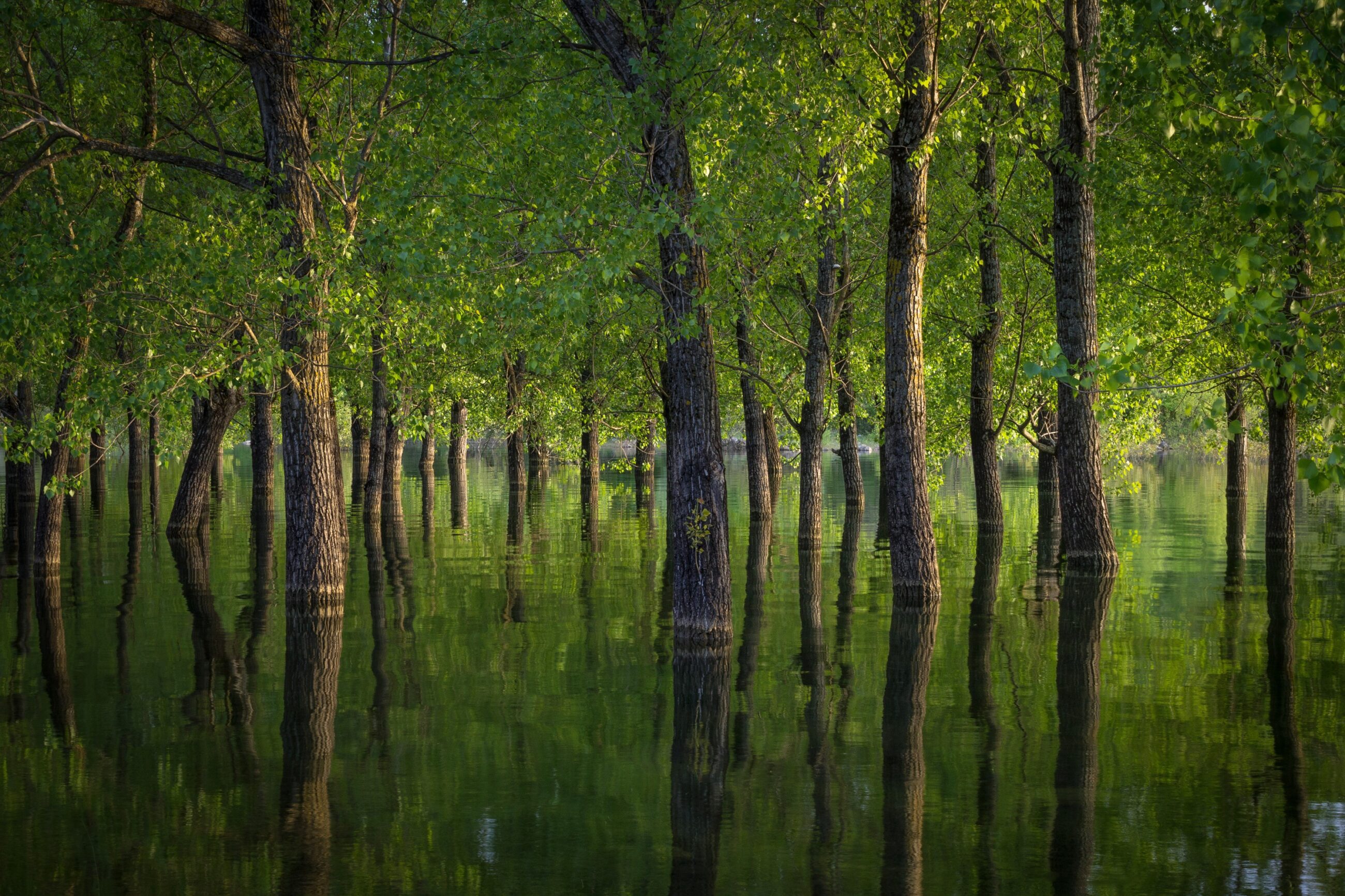News
Recycling of waste to material
FIFA embraces the Re-Match recycling solution

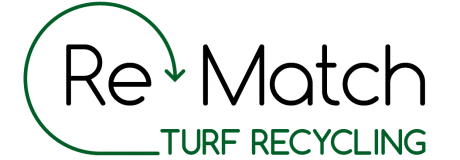
The number of artificial turf fields is increasing dramatically on all continents. The need to replace worn out fields thus increases accordingly. The international football association, FIFA, commissioned a study to analyze the environmental impact of removing and disposing of worn out football turf. The Re-Match solution has been mentioned to be the best solution.
- ”Only now are we beginning to see the pitches installed a decade ago – as the use of artificial turf is growing – it eventually becomes a waste material that needs to be addressed. This is driving the need for improved and effective recycling across the world”, it says in the FIFA report ”Environmental Impact Study on Artificial Football Turf".
Today, most worn out artificial turf fields are disposed off either as landfill or incinerated. This also applies to those few fields that are recut and reused for smaller fields, such as golf mats. This has a huge environmental impact. The FIFA report includes various analysis in terms of environmental impact and the possibilities of recycling and environmentally friendly reuse.
The report concludes that recycling is environmentally the most sound solution and stresses Danish Re-Match as the only company capable of handling a viable process of recycling used fields. A process that rinses the used artificial turf fields and separates them into new raw materials.
Proud to be featured
At Re-Match we are proud to be featured in the FIFA report. And at the same time Re-Match is happy that focus is now on the environmental challenges connected with the ever so popular artificial fields.
- ”As mentioned in the report many field owners and manufacturers do not have the knowledge about the environmental impact when replacing and disposing of used turf. That’s why more information is needed. The report concludes that responsible disposal should be integrated in the contract when installing new fields”, says Dennis Andersen, CEO at Re-Match.
In particular, Dennis Andersen notes that the international report has used Re-Match as a ”Case Study” and that the Re-Match method and process has been recommended for European field owners.
- ”The close proximity to the recycling facility and the proliferation of (expensive) incineration means that there is very little justification for pitches located in Western Europe to not be recycled.”
- “We offer to remove the old fields at a competitive price because we earn money selling the cleaned recycled raw materials. At the same time the field owner has a clean conscience and a more green profile, and CO2 emissions are reduced for the benefit of the environment”, says Dennis Andersen.
Re-Match all over the world
Another conclusion in the FIFA report is that the distance between the fields and the recycling facility shouldn’t be too distant; the longer the distance the more likely it is that the worn out field is put into landfill or incinerated or maybe even illegally dumped.
- “Our Herning facility has now been operating for more than a year and the process has turned out to be a profitable and environmentally sound alternative for fields in Western Europe. But we have vast expansion plans that cover all continents. Here and now we are establishing Re-Match facilities in the USA, and at the same time we focus on the European markets”, says Dennis Andersen and adds:
- “When investment and cooperation partners are in place we can copy the Danish facility set-up and be fully operating in a new location in less than a year. And with the FIFA focus on recycling and with FIFA having emphasized the Re-Match solution and process we expect even more interest in terms of trade, and with that an excellent opportunity to recycle artificial turf globally”.
Find the full study here

